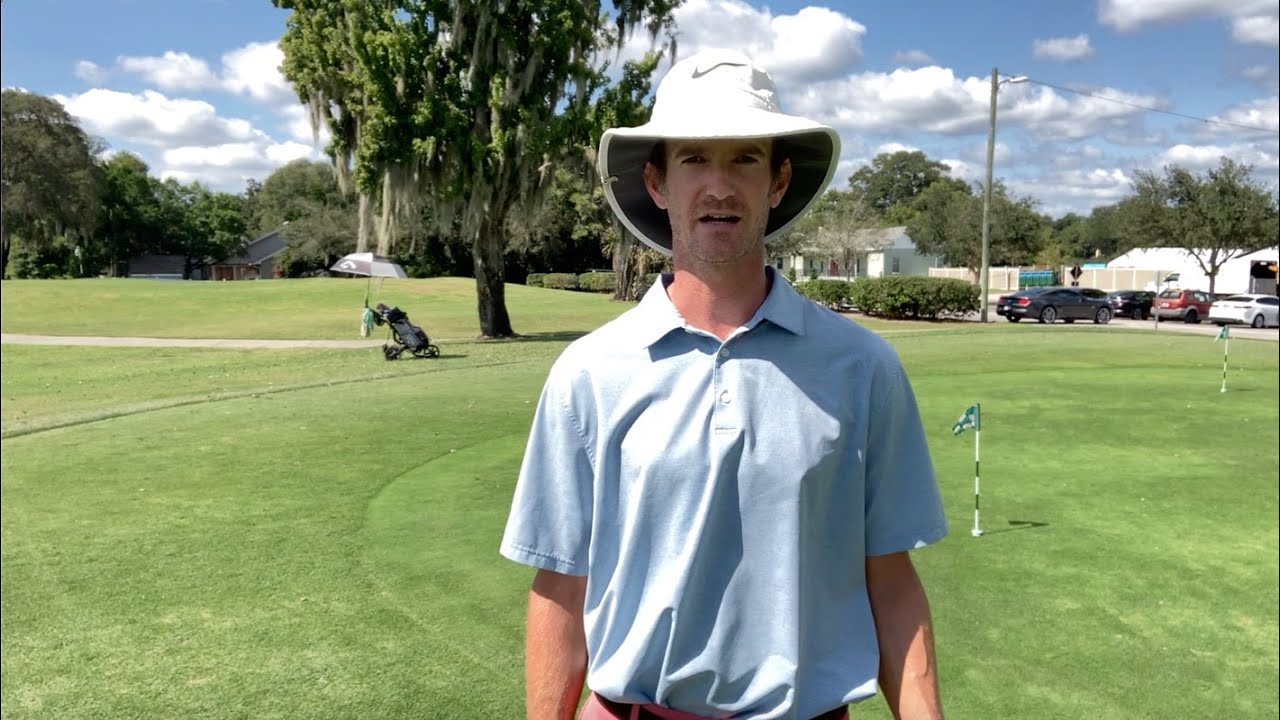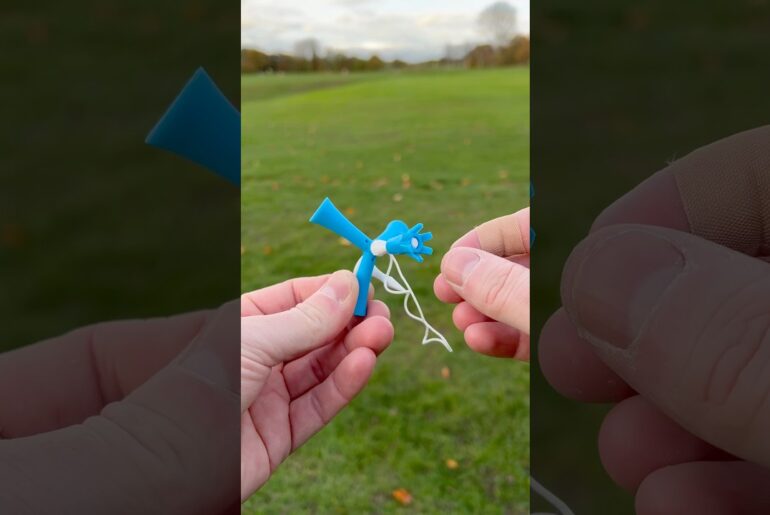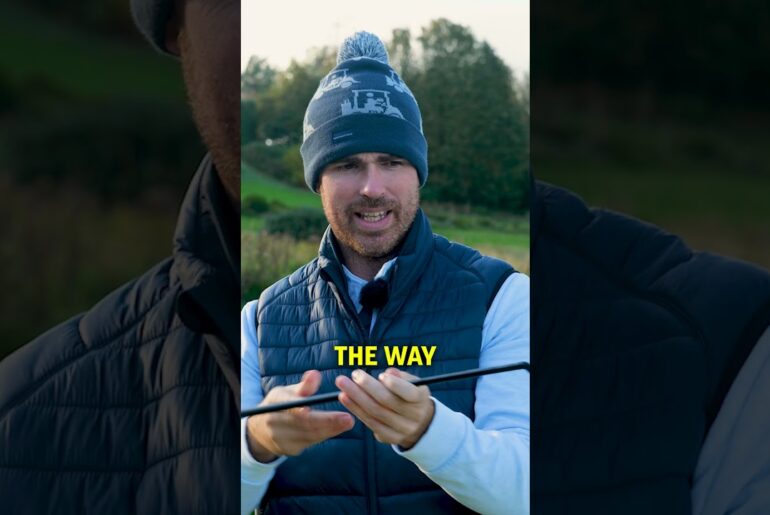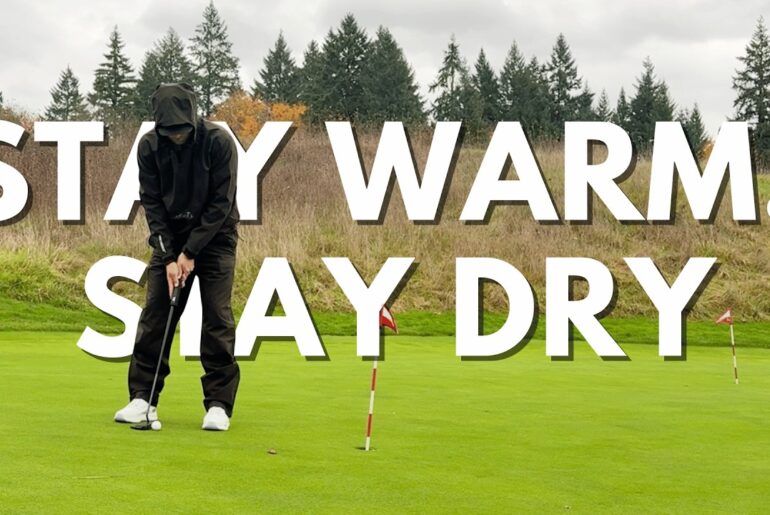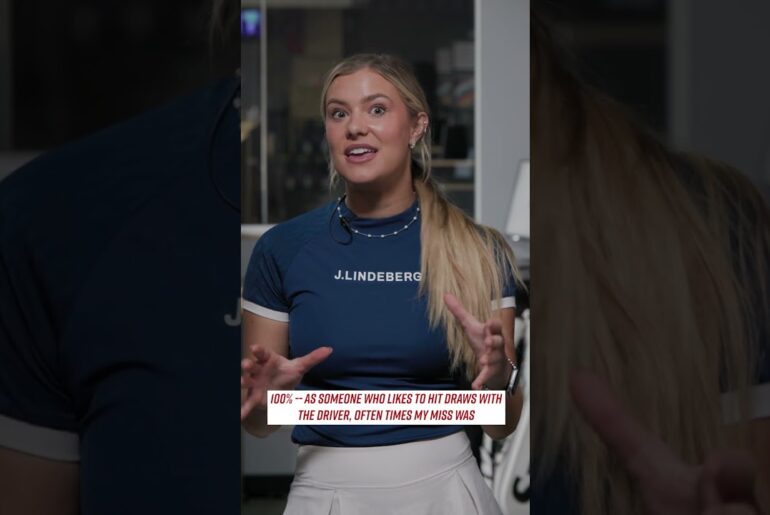Hitting chip shots and pitches that have a good chance to go in like a putt should be your goal around greens. It’s sometimes necessary to lob the ball over obstacles such as bunkers or onto difficult slopes, in order to minimize rollout; however, oftentimes you’ll have the opportunity to hit a lower chip with minimal carry that rolls toward the hole. Whatever the case, your club selection should always be based on two considerations: how far do you want the ball to carry? And, how far do you want it to roll after it lands? These two factors will determine the proper club for the shot.
Chips and pitches that need to carry a long distance, and roll out minimally, call for a highly-lofted club, such as a 60 degree wedge. In contrast, shots that need minimal carry to get on the green, but have a long way to go to the hole, can utilize a low-lofted club such as an 8-iron. Let’s look at a few examples.
Say you’ve short-sided your tee shot on a par 3, and you’re 15 yards from the pin. Between you and the green is a bunker, and the pin is 3 yards from the fringe, on a slope running downhill away from you. Your only chance to end up near the pin is to carry the ball just over the bunker, with a high trajectory, so that it doesn’t roll too far. In this case, you’ll need to use your highest lofted club, such as a 58 or 60 degree wedge, since the ball needs to carry at least 83% (15 of 18 total yards) of the distance to the hole, then stop quickly, to pull off this shot.
Now, imagine that your 9-iron shot ballooned into a strong gust, ended up a club short, and rolled back toward you off the false front of the green. You’re on the fairway, 3 yards from the front fringe, and the pin is another 15 yards up the hill, at the back of the green. You only need the ball to carry 17% of the way to the hole to get it onto the green, and from there it can roll like a putt. You determine that the green’s undulations are fairly predictable, and decide to get the ball rolling as quickly as possible, using an 8-iron. After a clean strike using a simple chipping technique, your ball carries 5 yards with a low trajectory and low-backspin, and has enough momentum to fight the slope and the grain of the green, to roll up and into to the hole for birdie.
There are a few important advantages of this approach to club selection around the greens. In the second example, the 8-iron required only a minimal swing. An advantage of a small swing is that the minimal club head speed will not produce as bad of a miss, if you hit it thin. If, in the second example, you had instead chosen to use a 60 degree wedge, and accidentally hit it thin, your ball would sail off the back of the green. Another advantage is that a shot hit softly will have lower backspin. Backspin that isn’t perfectly straight is considered side spin, and can make the ball jump sideways upon landing. Low backspin shots can more easily produce a straight roll upon landing, along the target line. This can give your ball a better chance to roll into the hole.
When selecting clubs around the green, here are two obstacles to be wary of: difficult undulations, and into-the-grain lies. Sometimes the undulations of greens are hard to judge, or unplayable in some steep, cross-slope cases. So you might need to carry them with a high-lofted wedge, instead of rolling the ball as far as possible. When you have an into-the-grain lie, beware of the grass snagging the leading edge of your club, especially when it’s softly swung. If you brush the ground for a practice stroke beside the ball, and find that the grain jumps up and snags the club, you might want to use a putter, and even choke down on it slightly, to avoid touching the grain. Alternatively, you could select the next most lofted club versus what you would normally use for the shot. Then, put the ball back in your stance for a better chance at clean, ball-first contact, while also producing the desired trajectory. This might be a better option if the fairway or fringe looks too bouncy for a putt. I am usually more comfortable chipping with the ball positioned off of my front instep, but a punchier approach with the ball positioned off of my rear instep is effective too, and in this case is preferable. The rearward ball position does produce slightly more backspin however. Therefore even though a rearward-ball 9-iron will fly as low as a forward-ball 8-iron, it may stop slightly more quickly. Ensure that the club head is level and square to the target line at address, and swing down the target line, to minimize side spin that could accompany the extra backspin.

